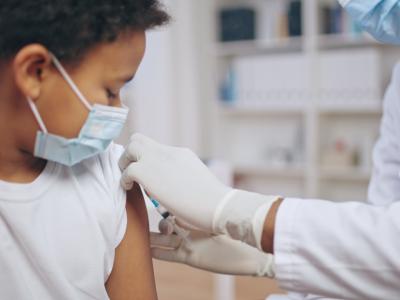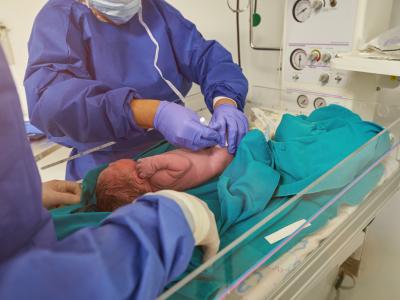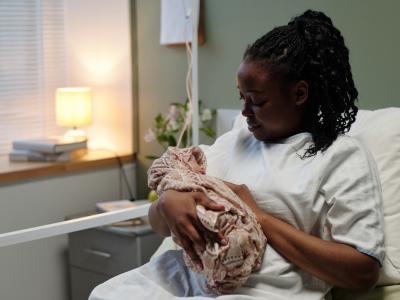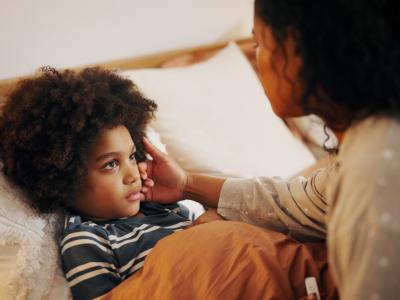Nearly 60% of hospitalized COVID-19 patients and 68% of their nonhospitalized counterparts seen at two healthcare centers in Madrid, Spain, early in the pandemic reported still having at least one symptom 2 years later, suggests a study published today in JAMA Network Open.
Led by researchers at Universidad Rey Juan Carlos, the study was conducted from Mar 20 to Apr 30, 2020 (a period dominated by the wild-type virus) among 360 hospitalized and 308 nonhospitalized, randomly selected COVID-19 patients, with telephone follow-up 2 years later. The team called it the largest and longest-term follow-up comparison of the two groups thus far.
Average age was 60.7 years in the hospitalized cohort and 56.7 years among outpatients. A greater share of hospitalized than nonhospitalized participants had preexisting diabetes (13.6% vs 4.9%).
Long-term fatigue, pain common in both groups
The most common symptoms during the acute infection were fever, shortness of breath, muscle pain, and cough. A greater proportion of hospitalized patients than outpatients had shortness of breath (31.1% vs 11.7%), while the opposite was true for loss of smell (10.0% vs 21.4%).
Differences in the rates of shortness of breath and loss of smell between the groups could have resulted from patients experiencing less bothersome and milder symptoms (eg, loss of smell) and therefore not seeking hospitalization, the authors said.
At 2 years, 59.7% of hospitalized patients and 67.5% of outpatients had at least one persistent COVID-19 symptom. The most common persistent symptoms among both hospitalized and nonhospitalized patients were fatigue (44.7% vs 47.7%), pain (35.8% vs 29.9%), and memory loss (20.0% vs 15.9%).
There were no significant differences in post-COVID symptoms between the two groups, although hospital patients showed slightly more anxiety than outpatients on the Hospital Anxiety and Depression Scale.
Risk factors for persistent fatigue
Risk factors for lingering fatigue among hospitalized patients were more underlying medical conditions (odds ratio [OR], 1.93) and shortness of breath (OR, 1.91). Among nonhospitalized patients, more underlying medical conditions (OR, 3.75) and more symptoms at illness onset (OR, 3.84) were tied to continued fatigue.
The researchers warned that the lack of inclusion of uninfected controls limited their ability to evaluate the link between SARS-CoV-2 infection and overall and specific COVID-19 symptoms at 2 years. But they said the results reinforce the hypothesis that long-COVID symptoms are not correlated with infection severity alone.
"Current evidence supports that long COVID will require specific management attention independently of whether the patient has been hospitalized or not," the team concluded.





















